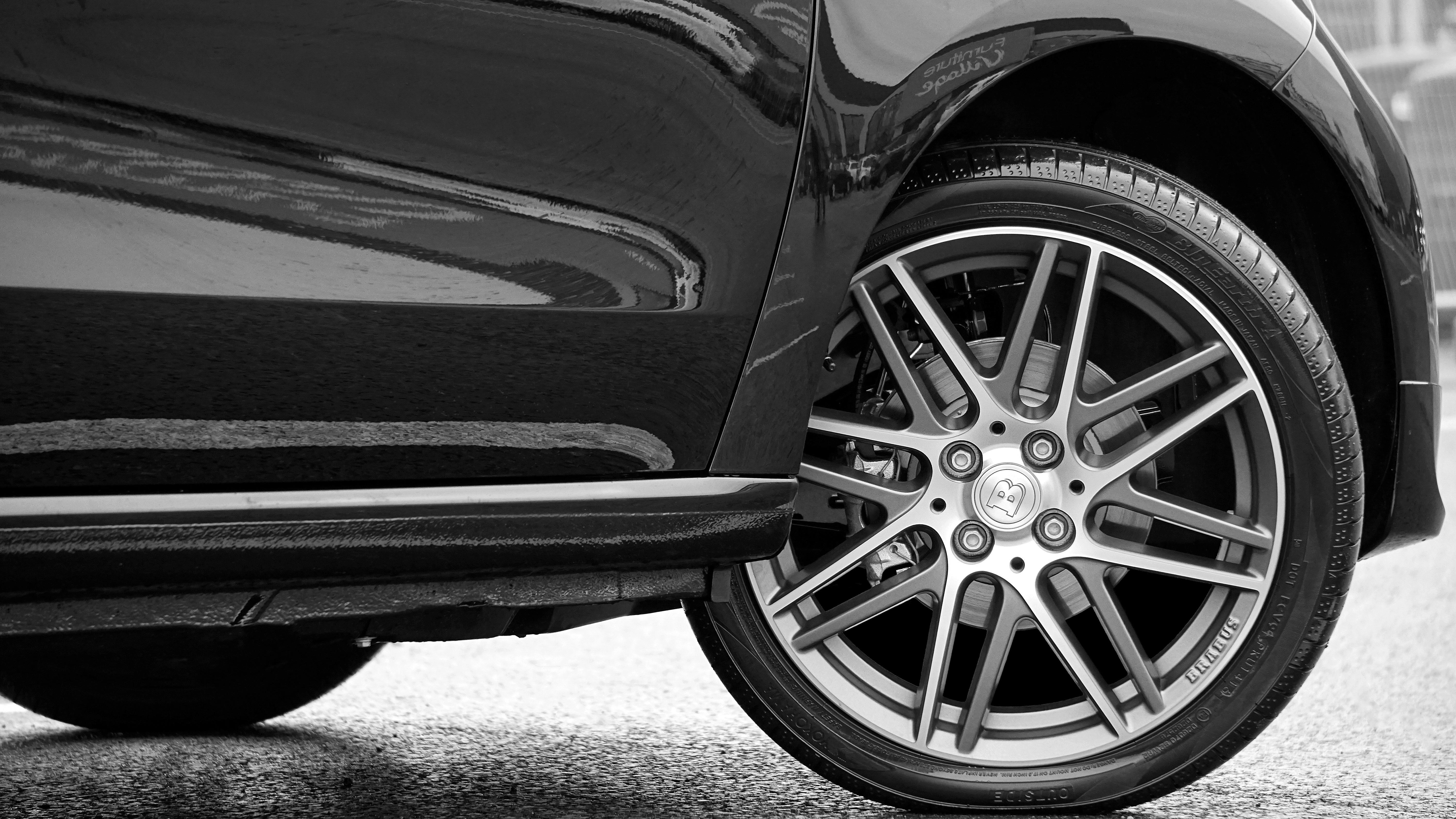Tire defects in personal injury cases
Tire defects are a frequent cause of car accidents that result in injuries and lead to lawsuits. When a tire is believed to be defective, a lawsuit is usually brought against the manufacturer. In some cases, however, the lawsuit can also be filed against the tire dealer or even a mechanic who performed the tire maintenance.
Tires may look like simple pieces made from nothing but rubber, but they are actually complex and made from many different materials, including oils, silica, steel, and adhesives. If the manufacturer uses cheaper adhesives or does not cook the tire properly in the production process, a defect may occur. Contaminants can also enter the rubber during production and cause tire problems. These would be considered manufacturing defects.
On the other hand, in some cases, the tire design is the problem. Steel belts, for example, may be the wrong size. This is a common reason for belt tread separation, which is implicated in several accidents each year.
Not so long ago, many accidents happened after tire blowout on SUV when the tire tread separated and the vehicles rolled over. (SUVs are particularly vulnerable to rollovers because the underside of the vehicle is lighter than the top.) Explosions can also be the result of a tire rim defect which then punctures the rim.
While rare, a tire can sometimes explode while being inflated, causing serious injury. When this happens, the reason for the explosion can be difficult to pin down. It could be a tire defect or it could be a problem with the air compression device, for example.
As you can see, tire defects can be responsible for serious accidents that can lead to permanent and debilitating injury or death.
Various types of tire defects can lead to accidents:
• Tire explosion
• Blowouts
• Tread separation
• Separation of belts
These defects can create a variety of accidents, such as:
• Lost of control
• Rollovers
• Skating
• Diverting
• Spinning
• Get off the road
Any of these problems can easily involve other vehicles or cause a car to crash or skip a median. If a tire explodes or falls off while on a dangerous stretch of road, the car can fall onto an embankment and explode. When drivers lose control of their cars, they can hit other cars and cause a crash. Pieces of a tire can also be thrown and injure people outside of vehicles, as well as damage other cars on the road or cause other drivers to lose control of their cars.
As a result, these cases can sometimes involve a series of lawsuits with many plaintiffs. The possibilities are numerous, and because running off the road or losing control of the car can be attributed to more than one reason, a full investigation of the accident scene, the car, and the tire involved should be conducted.
Product liability claims due to tire defects
Attorneys who handle these types of personal injury claims are often referred to as “product liability attorneys.” Of course, tire defect cases can involve anything that uses a tire: cars, trucks, motorcycles, bicycles, and construction equipment.
Manufacturers sometimes become aware of a defect and recall a particular tire model. However, such a withdrawal is not necessarily an admission of guilt or a dunk for a plaintiff in a lawsuit. The plaintiff has yet to prove that it was the tire defect that caused the accident and the resulting injuries.
A Bridgestone / Firestone recall in 2000 was due to a model that was prone to tire separation. This defect caused nearly 300 deaths and, as a result, the manufacturer recalled more than 14 million tires.
It is also important to note that not all tire related accidents are the result of tire defects. If a tire explodes due to road debris, it is not the fault of the tire manufacturer or the driver. In that case, unless people left the debris on the road, the injured party’s insurance would have to bear the cost of the injuries, as there would be no one to sue.
An object such as a nail can also get stuck in a tire and cause it to explode. Therefore, unless there has already been a recall with an established defect in a particular tire model, it can be difficult to prove that a defect caused the accident.
Too low or too high air pressure can also cause blowouts, and this cannot be attributed to a defect. High air temperatures in some regions of the world can also lead to tire failure.
If the driver reacted to a tire blowout in a way that caused the accident, such as sudden braking, the driver could also be found to be at least partially responsible for the resulting injuries and damages. The driver could be at fault if he or she knew there was a problem with the tire and decided to drive with it anyway.
Warning signs that tire failure is imminent include cracks in the sidewall or tread, uneven tread, bumps in the tread that are an indication of possible tread separation, tremors on the road, tire bumps while driving and / or radial pull to the side while driving.
Also, if a commercial vehicle, such as a van or truck, is involved in the accident, the cause could be improper tire maintenance rather than a manufacturing defect. Again, the manufacturer would not be the defendant in that case, but the company responsible for maintaining the vehicle could be sued.
Of course, the manufacturer’s attorneys will do everything in their power to show that an accident was not caused by a defect in the company’s tires. This is why expert investigators are a must for plaintiffs, who could have suffered very costly catastrophic injuries or wrongful death in the accident. Attorneys handling product defect cases, particularly automobiles, will have experts available to provide reports on behalf of plaintiffs.
